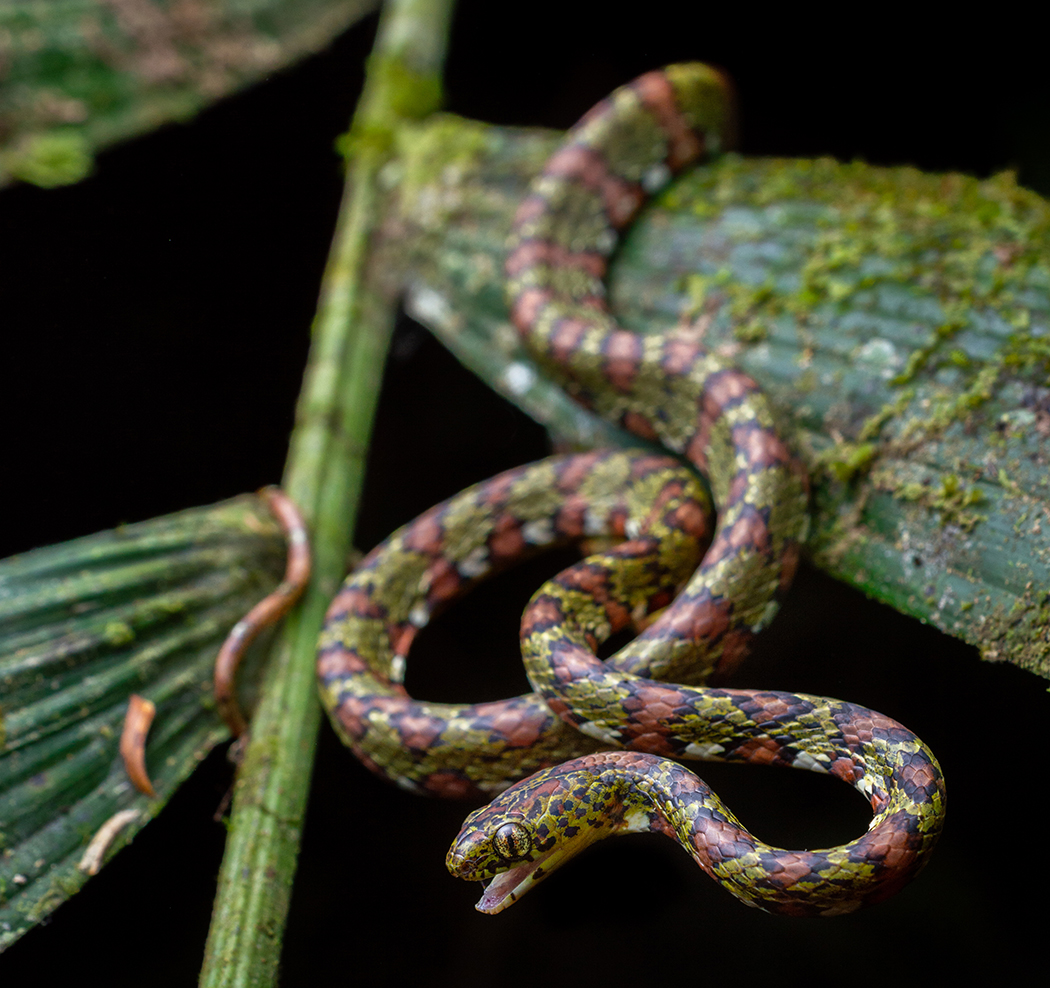Nesting crawls and associated behaviors of turtles in the genus Batagur along the Chambal River, India
DOI:
https://doi.org/10.17161/randa.v31i1.21297Keywords:
nests, nesting sandbanks, Red-crowned Roofed Turtle, Three-striped Roofed TurtleAbstract
The pattern of nesting crawls and related behaviors can play a very important role in the survival of the eggs as
well as the emerging hatchlings. Studies on marine turtles suggest that nest location can increase exposure to predation,
cause thermal stress and dehydration, and consume valuable stored energy in emerged hatchlings, all of which decrease
the likelihood of survival. Red-crowned Roofed Turtles (Batagur kachuga) and Three-striped Roofed Turtles (Batagur
dhongoka) are listed as critically endangered on the IUCN Red List. We surveyed a 30-km stretch of sandbank along the
Chambal River during Batagur nesting seasons in February to early April 2017–2019 and encountered a total of 640
nests along eight sand banks. Nesting crawls of B. dhongoka from the water’s edge to successful nesting sites were significantly
longer than those of B. kachuga. We observed only one type of nesting crawl pattern for B. kachuga, whereas four
types of such crawls were recorded for B. dhongoka. Moreover, nest shapes differed significantly between the two species.
Downloads
Published
Issue
Section
License
Copyright (c) 2024 Pawan Shantiprakash Pareek, Shailendra Singh; Sreeparna Dutta

This work is licensed under a Creative Commons Attribution-NonCommercial 4.0 International License.
Copyright is held by the authors. Articles in R&A are made available under a Creative Commons Attribution-NonCommercial 4.0 International license.

